Big-eyed decorative dogs with the aristocratic name of the Cavalier King Charles Spaniel breed, who once made up the company to people from the high society of Great Britain, now coexist beautifully in simple families around the world. These dogs are good-natured, perfectly establish contact with people and other animals.
In some cases, hunters take cavaliers as assistants during the extraction of small-sized games, but most often they are domestic friends, companion dogs. The compact size and lightweight of these spaniels allow them to be kept in a small living space, which is also important (especially for residents of megacities).
#1 Origin history
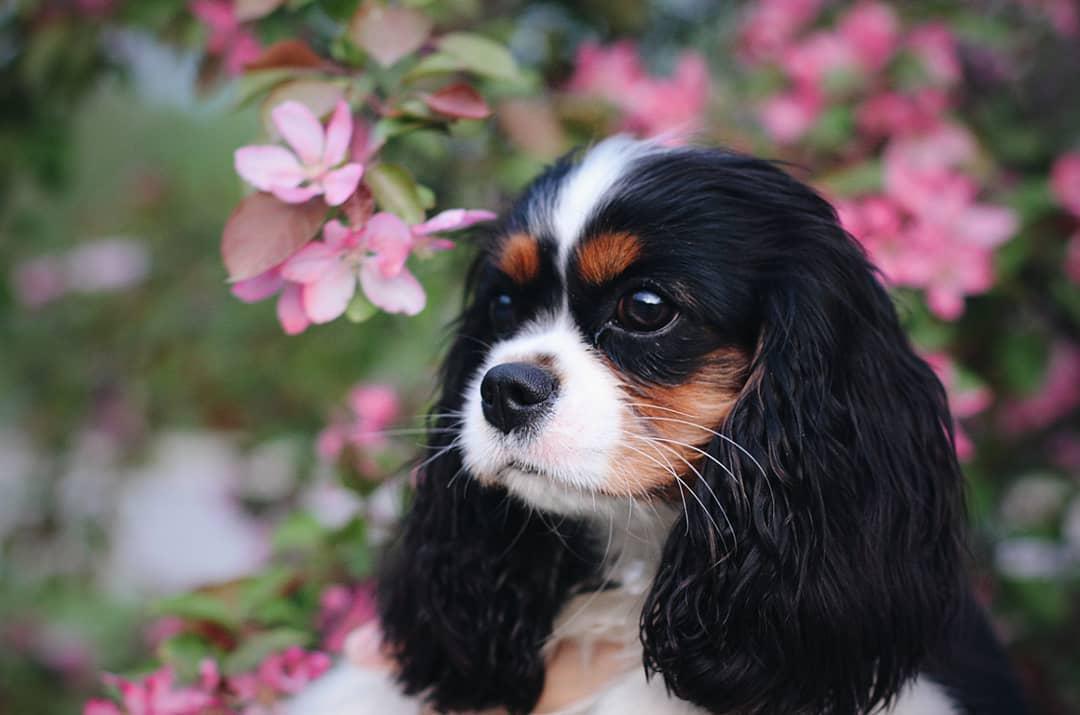
In the 15-16 century, toy spaniels became so popular in the British Isles that even the royal people did not shy away from letting these dogs into their luxurious living rooms. For example, the Tudors dynasty — the English king Henry VIII, Queen Elizabeth I — had spaniels. The spaniels became especially beloved under the rule of the Stuarts - King Charles (Charles) I and his son Charles (Charles) II. It is believed that it was in honor of Charles II that the breed got its name (King Charles Spaniel) because this ruler was so attached to small dogs that they were allowed to enter the royal chambers, churches and the British House of Commons.
#2 Character
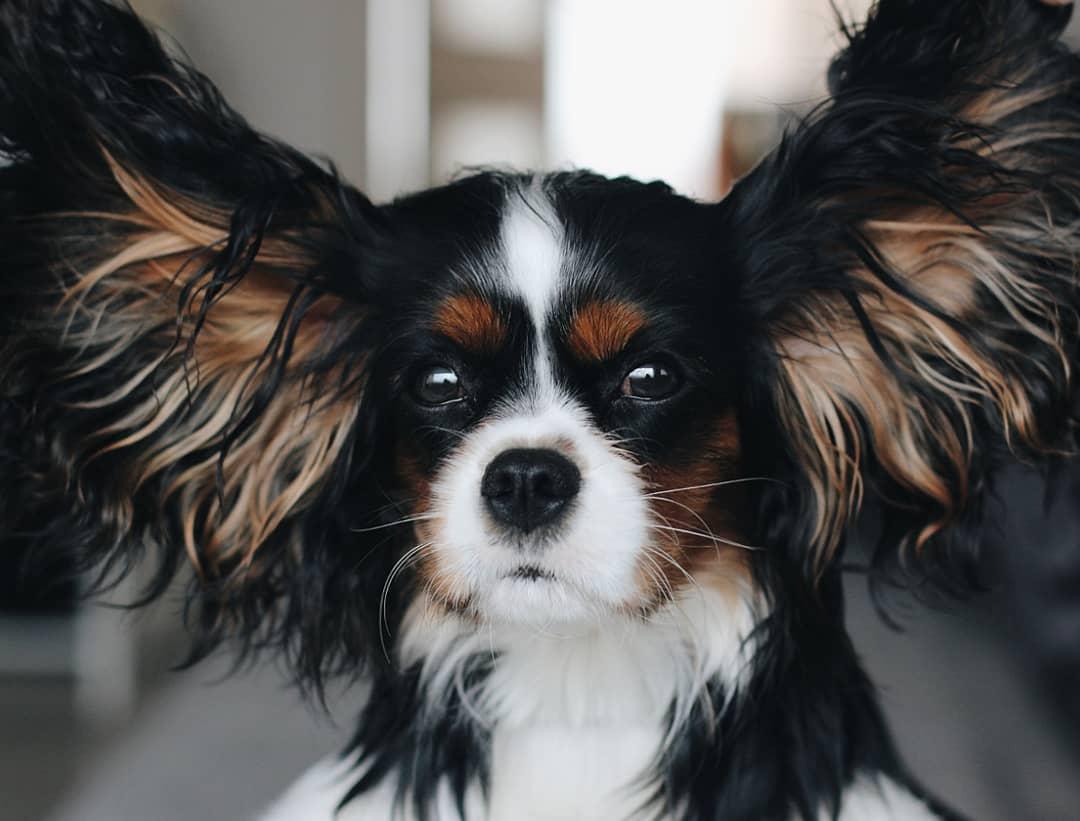
Cavaliers are quite smart, good-natured, emotional and loyal to the owner of the dog. They are balanced, tolerant of guests at home. An innate sense of friendliness towards people will not allow them to become guards, although they like to bark. Cavaliers certainly need communication and daily tactile contact with the owner. A bored dog can seriously suffer: get depressed, howl idle, become aggressive. Puppies accustomed to society are playful, obedient, kind to children and animals. Perfectly trained, perceiving the host team as a game. In a word, these dogs are great for a family with a calm lifestyle. The main need for gentlemen is to communicate with their dear master.
#3 Maintenance and care
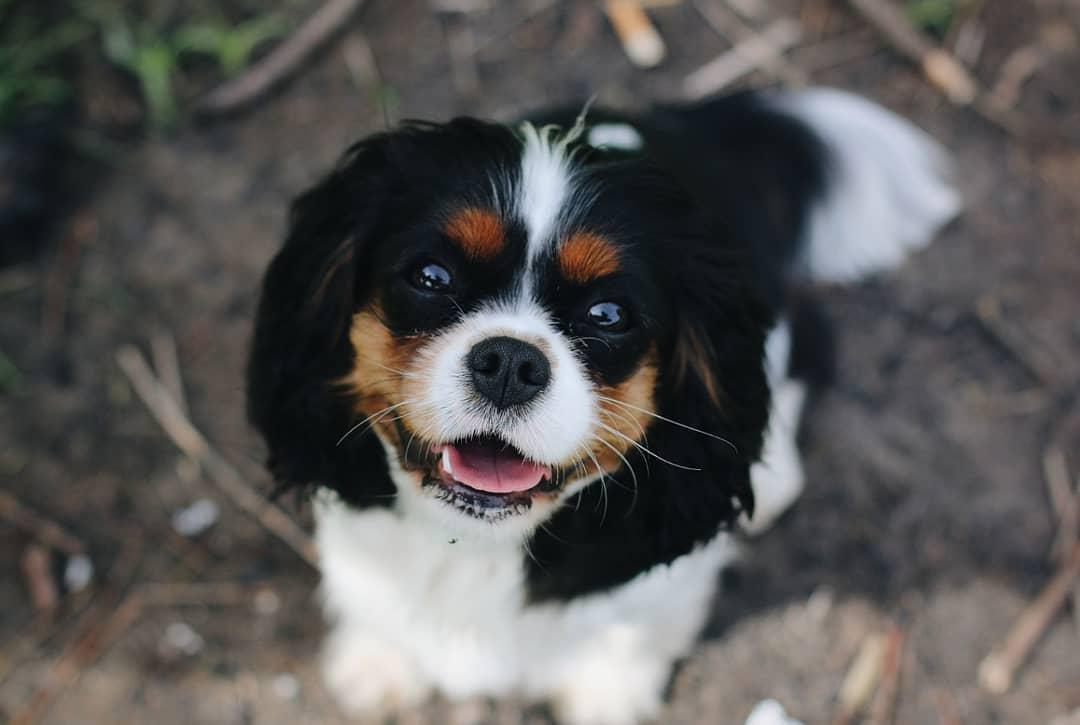
Cavalier King Charles Spaniels do not tolerate harsh climate, temperature extremes, dampness. Therefore, their personal space should be within the boundaries of a house or apartment. And thanks to their miniature size, it’s very easy to find a comfortable corner without drafts, providing it with a stove bench, dishes and toys for games (and, possibly, a tray for the first time, when the puppy is not used to quagmires, making puddles and heaps).
#4 Activity

These dogs cannot be called overly active, although daily walks are, of course, necessary for them. At home they behave “culturally”, but with a lack of attention from the owner and a rare boardwalk, they can do a little dirty work, for example, biting shoes or furniture, and these dogs quickly gain weight with little mobility. That is why it is worth giving these animals the opportunity to walk on a leash every day for at least an hour.
#5 Wool
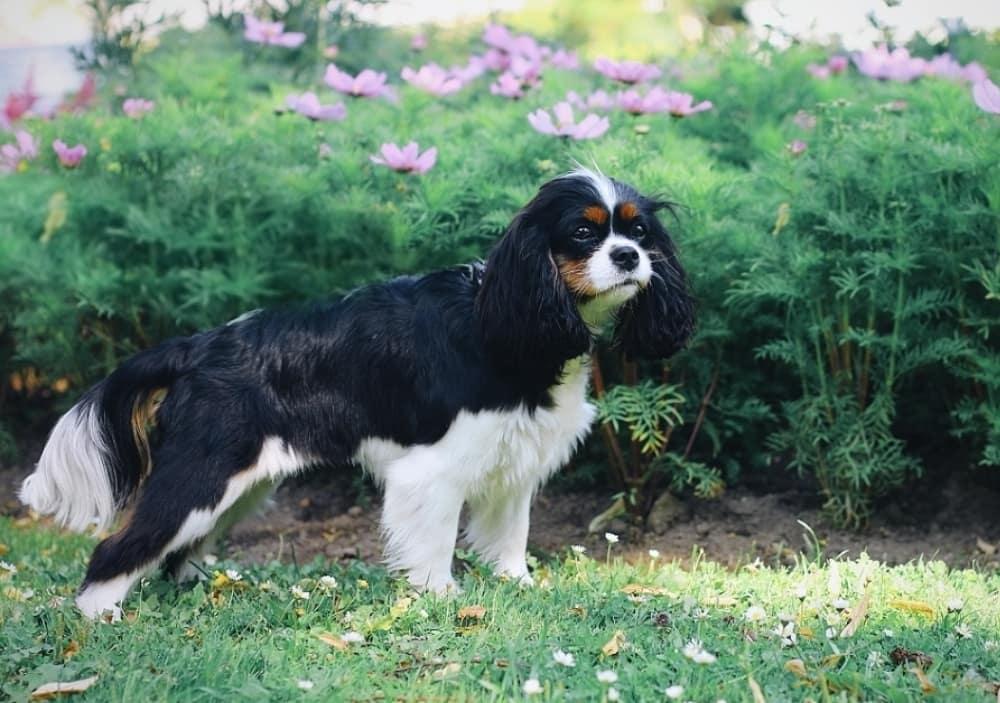
Thick, luxurious cavalier wool should be combed out with a stiff brush every day (or at least a couple of times a week) to avoid the appearance of tangles. Thick hair between the fingertips can be trimmed gently. Often animals are sheared, shortening the so-called decorating long hair. You can resort to the services of a groomer who will explain how it is best to care for the hair of gentlemen.
#6 The ears
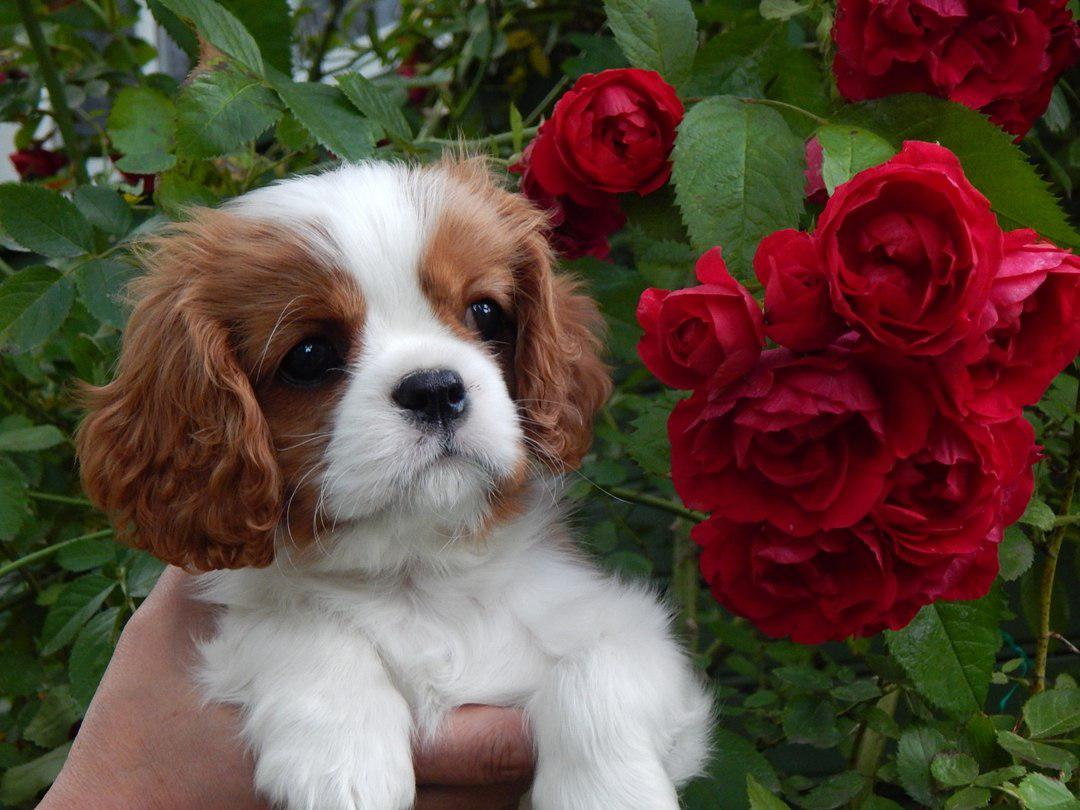
Ear care (long ears with luxurious hair in dogs of this breed need careful attention), your teeth and claws can also be entrusted to a specialist or performed independently.
- 10+ Wild Animals People Found a Place for in Their Homes and Hearts - June 24, 2020
- 14 Photos That Prove Cats Are Good Boys Too - June 22, 2020
- 15 Loyal Dogs That Pull People Out Of Trouble And Save From Loneliness - June 22, 2020

